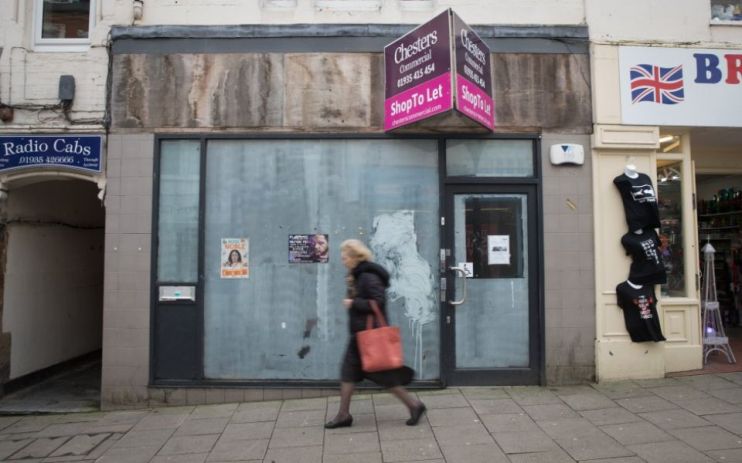Vacancy rates hit worst level in over four years

The decline of the British high street has deepened this summer with vacancy rates hitting a four-year high and sluggish footfall underlining a torrid selling season for retailers.
Empty store fronts climbed to their highest level since January 2015 in July, following a turbulent 12 months during which some of Britain’s most iconic retailers permanently closed their shops and carried out drastic job cuts.
In recent months a number of high street giants including womenswear retailer LK Bennett, department store group Debenhams and restaurant chain Jamie’s Italian have collapsed, while dozens of other brands including Sir Philip Green’s fashion empire pressed ahead with dramatic cost-cutting plans.
Read more: Restaurants eat into retailers’ high street share
The national town centre vacancy rate was 10.3 per cent in July, a slight increase from the last quarterly rate of 10.2 per cent and the highest since January 2015, according to a new vacancy monitor from the British Retail Consortium (BRC) and Springboard.
Year-on-year footfall fell 1.9 per cent in July, compared to the same point last year when it declined by 0.9 per cent, marking the worst decline for July since 2012.
While out-of-town retail parks enjoyed a bump in footfall following the record July temperatures, high streets and shopping centres both suffered a drop in the number of shoppers.
Read more: Retailers beware, the online shopping revolution isn’t going anywhere
“July was a much more challenging month for high streets and shopping centres than for out of town destination,” said Diane Wehrle, Springboard marketing and insights director.
She added: “Some of the -2.7 per cent drop in high street footfall was a consequence of a strong comparable of 0.3 per cent last year when we had a continuous period of hot sunny weather, but for shopping centres – with the -3.1 per cent drop being as almost as severe as the -3.4 per cent drop in footfall last year – the weather clearly has less impact on footfall than the challenges created by the ongoing structural change in retailing.”